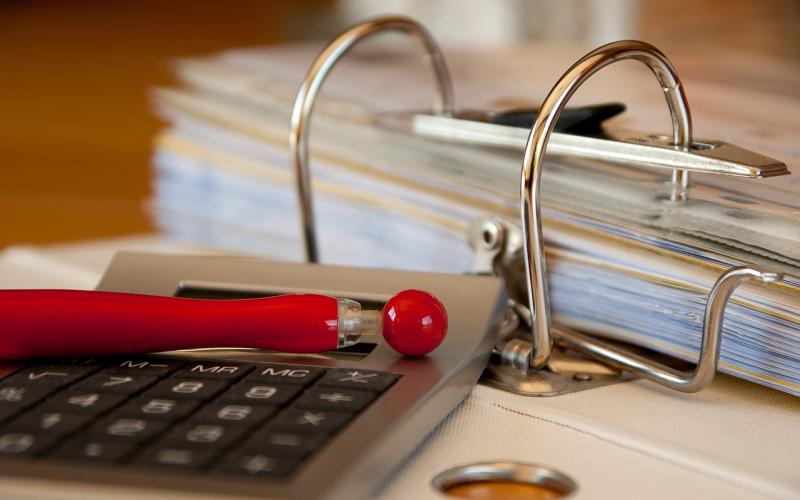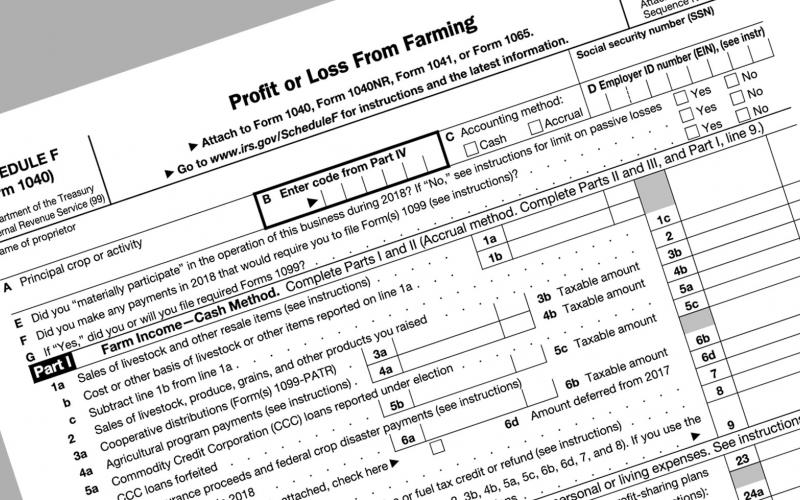The financial crash of the 1980’s has been attributed to changes in producer’s balance sheets, due to a decline in land prices. After this time, a two-column balance sheet was developed to help prevent that type of balance sheet collapse from occurring in the future.
Asset Valuation
The two methods to value non-current assets, like land, machinery and equipment, breeding livestock etc. are Cost Valuation and Market Valuation.
Cost Valuation
This is the Remaining Value of the investment, or it could be considered the Book Value, where the purchase price is adjusted for accumulated depreciation. Not influenced by price changes.
Market Valuation
This is the Current Market Value, less any selling costs. Influenced by price changes, either higher or lower.
Developing a Balance Sheet
To develop an accurate balance sheet for consistent comparisons, use the information in Table 1.
|
|
||
| Asset | Cost Basis | Market Basis |
| Marketable Securities | Cost | Market |
| Marketable Investments | Market | Market |
| Accounts Receivable | Cost | Cost |
| Prepaid Expenses/Supplies | Cost | Cost |
| Growing crops | Cost | Cost |
| Purchased breeding livestock | Cost | Market |
| Raised breeding livestock | Cost or Base Value | Market |
| Machinery & Equipment | Cost | Market |
| Real Estate Buildings and Improvements | Cost | Market |
Real Estate Example (Table 2) – land was purchased in 3 different years for a total of 468 Acres.
| Real Estate Buildings and Improvements | Cost | Market |
| 395 Acres (1998) @$3500 | $1,382,500 | (@$6372) $2,516,940 |
| 24 Acres (2015) @$6000 | $144,000 | (@$6372) $152,928 |
| 49 Acres (2017) @$5275 | $258,415 | (@$6372) $312,228 |
| $1,784,975 | $2,982,096 |
In this example, the land valuation has increased by approximately $1.2 million. Both the Cost Value and Market Value are important to know and can be used to make operating decisions. The Market Value provides information on the liquidity value of the assets and can be used to evaluate the owners borrowing ability. However, without knowing both numbers, if the value of the land begins to decrease the cost basis provides a base real estate value.
Other assets also need to be included on the double column balance sheet. (Table 3)
Crop and livestock inventories that are held for sale may be difficult to determine, as different financial associations have different recommended actions. However, here are some guidelines.
| Market Inventories | Cost | Market |
| Raised livestock/crops for sale | Market1 | Market |
| Purchased livestock for sale | Either2 | |
| Raised crops for production (feed) | Market3 | Market |
| Purchased feed stuffs for production | Either2 | Market |
| Purchased inputs for production (seed, fertilizer etc.) | Cost | Cost |
| 1 Market Value less cost of disposal. 2 Recommended is the lower cost or Market Value. If kept separate from raised inventory then use cost. If co-mingled with raised inventory then practicality is market value. 3 Lower of cost or market is preferred, market value is acceptable. |
||
Placing a value on market inventories is more complicated than land values as there are tracking issues, products maybe co-mingled and thus hard to determine which price to use. The key is to be consistent and conservative with your valuation methods.
Conservative Valuation Example (Table 4)
At harvest, the Edwards farm put 25,000 bushels of grain into the bin for sale later. At the time the grain was stored, the market value for the corn was $3.00/bu., for a total value of $75,000. (This is the accrual earnings discussed in Part 1.)
|
|
||
| Cost | Market | |
| 25,000 bu. Corn held for sale @$3.00/bu. | $75,000 | |
| 25,000 bu. Corn held for sale @$4.00/bu. | $100,000 | |
Because Farmer Edwards is “hopeful” he will receive $4.00/bu. for the corn in the bin, his balance sheet would be over valued by $25,000, if the stored commodity was not represented as a cost and market value. These values are also components of many financial ratios including Rate of Return on Assets and Debt to Asset ratio. (Financial Ratio Calculator) Thus, their importance to the operations’ financial records and evaluation is critical. Creation of accurate balance sheets start with correct inventory counts and conservative and consistent asset valuation. Over-valued assets or changes in the valuation method year-to-year will provide inconsistent data resulting in poor decision-making tools.


